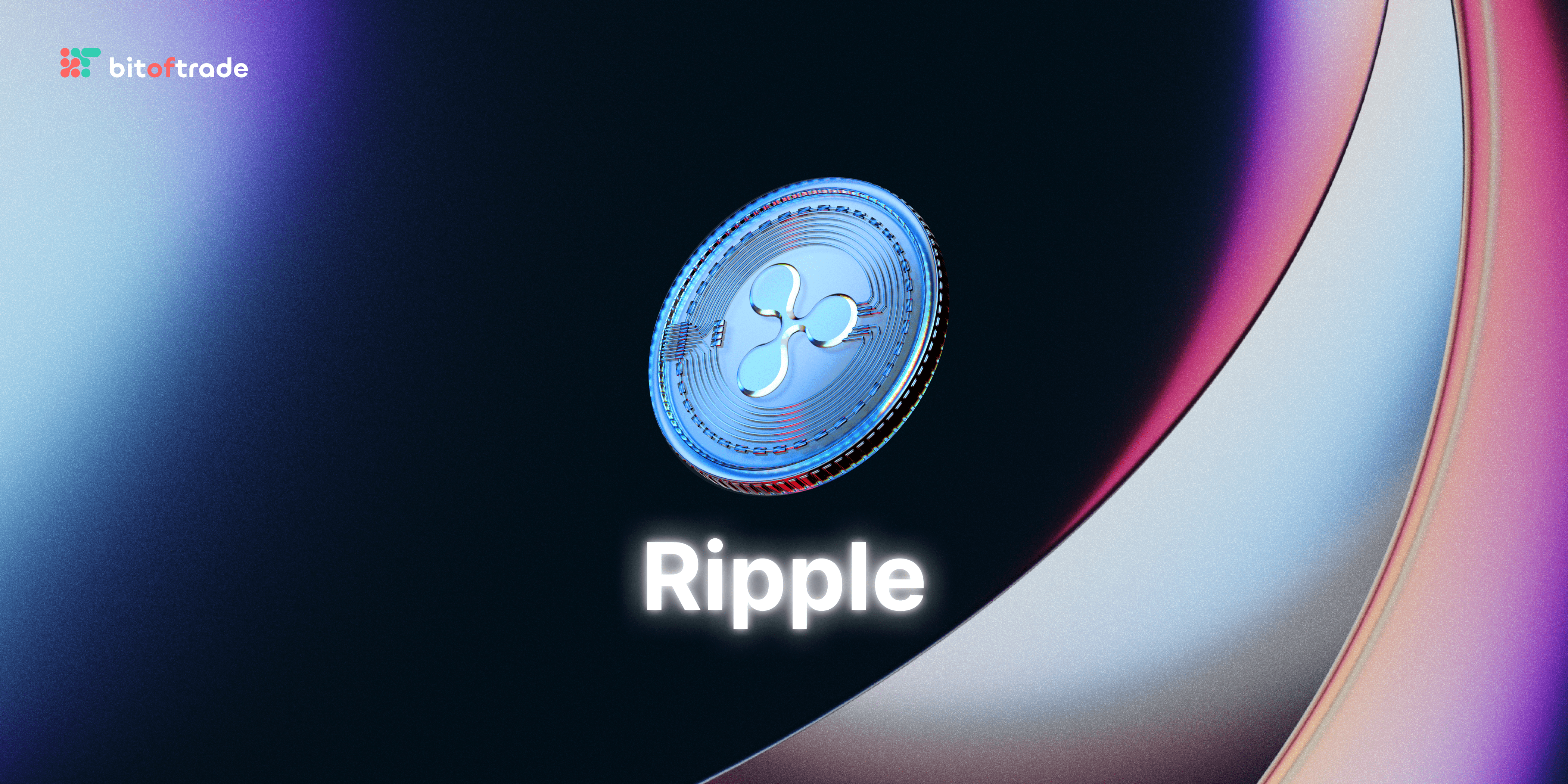We’re witnessing the meteoric rise in the popularity of cryptocurrency. In 2021, the crypto markets boomed with newcomer tokens outperforming some of the long-standing crypto top dogs. We all want to know what the future holds for tokens like Bitcoin, which managed to only return 59.8% of its value last year. However, the crypto sector’s total market cap grew by a whopping 187.5% that year!
Additionally, cryptocurrencies such as Sol grew by 11,000% and LUNA grew by 12,000%! 2021 was a promising year for investors, so naturally, there’s talk of how well crypto will do in 2022!
Read on to find out our cryptocurrency market predictions for the year ahead!
5 major crypto trends: 2022 outlook
We’ve been busy studying the trends in cryptocurrency and identified the following five cryptocurrency market predictions covering cryptocurrency compliance, NFTs, play2earn games, blockchain adoption, and the future of finance.
1. More clarity in cryptocurrency compliance and regulation
We can expect to see more cryptocurrency compliance adoption in 2022. In 2021, the world’s biggest crypto exchange Binance was under investigation by the U.S Justice Department and Internal Revenue Services regarding potential money laundering. Because of this, countries around the world, such as the UK and US are implementing more cryptocurrency compliance and regulation rules. Most importantly, will these regulations have an impact on your trading? Here is a list of cryptocurrency regulation pros and cons:
Pros of regulating cryptocurrency:
- Investor protection. Placing limitations on who can invest in unregistered security offerings will help prevent fraudulent companies from trying to steal from traders.
- Higher-quality issuances. Token issuance will become highly scrutinized and hopefully, the process will discourage fraudulent projects.
- Industry-wide legitimacy. By regulating the crypto market it will become more accessible, faster-paced, and more trustworthy for institutional investors to begin investing.
Cons of regulating cryptocurrency:
- Investor exclusivity. Implementing an investor accreditation standard will restrict the potential investor pool. Non-accredited investors will be excluded from investing in private issuances and won’t be able to invest in early-stage projects.
- Exclusion of valuable projects. Compliant issuance can place a financial and regulatory strain on smaller companies with high potential.
- Reduced user experience. Due to an increase in regulations and compliance, KYC procedures will become mandatory for some exchanges, and this could result in a fall in anonymous trading. Those who wish to trade anonymously may find it harder to do so.
Even though there’s a lot of speculation about regulation, they usually take a little while to implement and different countries will have their own approach to cryptocurrency compliance.
2. Are NFTs worth it? Blockchain art will gain more attention
We’ve all seen the word ‘NFT’ thrown around a lot recently, and that’s because they’ve entered mainstream media—you simply can’t escape them. So, why are NFTs so popular? NFTs have recently branched out into the form of art! In 2021, a historic $69m sale of digital artwork that was backed by an NFT made headlines. This was the beginning of the boom in NFT artwork sales. 2021 was a big year for NFTs with sales hitting $17.7 billion, which is huge in comparison to $82.5 million the year before.
With the recent rise in NFTs, it’s important to look at the pros and cons:
Pros of NFTs:
- NFT ownership is secured by a blockchain.
- Anyone can invest in NFTs.
- With more accessible knowledge of blockchain technology, businesses can diversify their portfolios by allocating funds to tokenized assets.
Cons of NFTs:
- You’ll likely need to own ETH and have a basic knowledge of crypto to buy and sell NFTs.
- NFTs, strictly speaking, aren’t an asset class.
- NFT creation is highly energy-intensive.
You’re probably be asking yourself, are NFTs a good investment? Well, that mainly depends on your intentions. NFTs are cool, granted, and many people are jumping on this trend. However, it’s important to know that investing in an asset just because it’s tokenized into an NFT doesn’t form the basis of a sound investment strategy. Treat buying NFTs the same way you would any other asset, with a strong understanding of their value, before making a purchase.
How long will NFTs last? We predict that they’ll be sticking around for the long run! They first appeared in 2014 and are now booming in 2022, and trends show that they’ll continue to rise in influence. With the increase of virtual art galleries, expect to see NFT blockchain art entering mainstream media even more, and become a more interactive experience. Brands like Disney, Gamestop, Metaverse, Fashion Week, and more are already adopting NFTs.
As previously mentioned, the value of the NFT market has increased and this will only get bigger. Investment Bank Jefferies has lifted its NFT market prediction to more than $45 billion for 2022 and predicts the market will increase in value to beyond $80 million by 2025.
3. The growth of cryptocurrency P2E games
Play2earn games have risen in popularity in recent years. If you haven’t come across one yet they combine the fun of playing games mixed with the potential for cash rewards and NFTs. The concept of earning money isn’t new, and gamers are loving being able to earn crypto while challenging themselves with inventive new gameplay!
The top P2E crypto games of 2021 were:
Alongside the meteoric rise of P2E crypto and games platforms, there’s also been a huge rise in crypto launchpads. In 2021, we saw an increase in new crypto launchpads (or crypto incubators) that allow blockchain projects to raise capital while giving access to early-stage token sales for their group of investors. As launchpads become an entry-level way of entering the crypto market, we can expect further rises for launchpads such as BullPerks, BSCPad, DuckStarter, TrustSwap, and WeStarter.
4. Massive blockchain adoption across all industries
In 2021, we witnessed leading companies across various industries investing in cryptocurrencies such as Tesla, Dallas Mavericks, Nike, Clinique, and Coca-Cola. These big brands are paving the way for crypto mass adoption worldwide and, as you can see from the diverse list of top-name brands, we are at the beginning of a trend that’s set to accelerate as it grows. Crypto investments will likely increase over the next 12 months and many more industries will adopt crypto in some shape or form. As of 2020, around 2,300 US businesses accept Bitcoin and this number is set to grow in the near future.
Here are some top examples of what makes crypto, or more broadly blockchain, attractive for businesses and individuals:
- New demographic reach. People are becoming more eager to deal in crypto—a recent study found that up to 40% of customers who pay with crypto are new customers of the company, and their purchase amounts are twice those of credit card users.
- Access to new asset classes. Traditional investments that have been tokenized will help you gain access to new capital and liquidity pools.
- Smart contracts equate to better bookkeeping. Transactions made on the blockchain are recorded and can’t be altered, therefore making it easier for businesses to track financial movements.
- Cash alternative. Crypto is an effective alternative to cash, it’s an investable asset that has been performing well in recent years.
5. DeFi drives the future of finance
2022 will be a huge year for DeFi as the world is shifting towards decentralized finance. The financial sector has previously been dominated by traditional banks and exchanges. DeFi is still in its development phase, but—with the recent development of blockchain technologies—startups have been eager to onboard decentralized finance solutions. By using DeFi, the overall goal is to make financial services more accessible on a global scale.
Traditional finance has had its problems, such as security risks for users. According to PWC analysts, 45% of financial intermediaries (money transfers and stock exchanges) suffer from serious cybercrimes. This risk is greatly reduced with DeFi mainly thanks to the decentralized nature of the blockchain, as there’s no centralized server where records can be taken.
The benefits of adopting DeFi solutions include:
- Permissionless. Everyone can access financial services.
- The blockchain is transparent. All transactions are recorded.
- Immutability. Records cannot be altered.
Stay tuned for more news as DeFi makes its way into the mainstream in the next 12 months.
The future of cryptocurrency: what does 2022 hold for blockchain?
In 2022, we’re set to see a dramatic increase in the adoption of cryptocurrency and blockchain in many diverse and exciting ways. Cryptocurrencies are also rapidly gaining widespread adoption and use including as investment and trading tools.
At bitoftrade we’ve launched our new DEX trading platform complete with advanced features and a seamless user experience. You can utilize leverage, limit, and swap trades for over 900 tokens on the Ethereum and Polygon networks. What’s more, we have a great range of platform features to make your trading experience as smooth and transparent as possible.
Expect to see new features launching on our platform such as stop-loss trading, hedging, and more!
Join the bitoftrade community and have your say:
Find us on our Telegram channel.
Find us on LinkedIn.
Find us on Twitter.
Find us on YouTube.
Find us on Discord.
Visit our website to start trading with bitoftrade.


